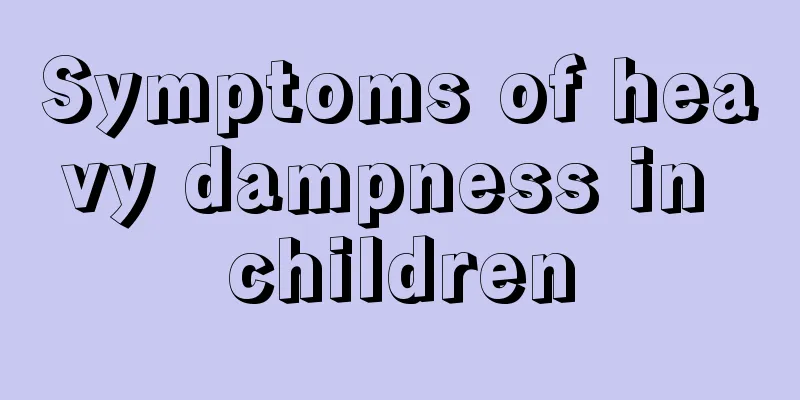What are the basic knowledge about hand, foot and mouth disease?

|
Most people have heard of hand, foot and mouth disease, but they don’t know much about the basic knowledge about it. Currently, hand, foot and mouth disease is more common in early childhood. There are many ways of transmission of the disease, and it is more common in autumn and summer. To prevent it, you need to understand it. I have made a brief summary of the specific basic knowledge, and I hope it can help you. Hand, foot and mouth disease (HFMD) is an infectious disease caused by enterovirus. It mostly occurs in infants and young children and can cause herpes on the hands, feet, mouth and other parts of the body. In some patients, it can cause complications such as myocarditis, pulmonary edema, and aseptic meningoencephalitis. There are more than 20 types of enterovirus that can cause hand, foot and mouth disease. Coxsackievirus A group types 16, 4, 5, 9, 10, group B types 2 and 5, and enterovirus 71 are all common pathogens of hand, foot and mouth disease, among which Coxsackievirus A16 (Cox A16) and enterovirus 71 (EV 71) are the most common. Incubation period The incubation period of the disease is 2 to 7 days, and the sources of infection include patients and latently infected persons. During the epidemic, patients are the main source of infection. During the acute phase of the disease, patients can excrete the virus from the throat; the herpes fluid contains a large amount of virus, and the virus overflows when the herpes is ruptured; several weeks after the onset of the disease, patients can still excrete the virus in their feces. Source of infection The sources of infection of hand, foot and mouth disease are patients and latently infected persons. During an epidemic, patients are the main source of infection. The patient excretes the virus from the throat within 1 to 2 weeks of onset, and from the feces about 3 to 5 weeks after onset. The herpes fluid contains a large amount of virus, which will overflow when the herpes ruptures. Carriers and mild sporadic cases are the main sources of infection during inter-epidemic and epidemic periods. What are the basic knowledge about hand, foot and mouth disease? Since children are the main victims, it is usually not difficult to cure, but it also requires regular examinations and treatments. You also need to pay attention to your personal hygiene on a daily basis and a balanced diet. This disease can also be well prevented. I hope the above can help you. |
<<: What are the classifications of hand, foot and mouth disease?
>>: What should I do if my child grinds his teeth at night?
Recommend
Will a child's fever damage his brain?
When it comes to children's fever, parents wi...
Methods for zinc supplementation for one-year-old babies
Zinc deficiency in one-year-old babies is a relat...
What are the symptoms of hernia in children?
Hernia in children is also a relatively common di...
What should I do if my child has blue veins on his head?
Children are the most important members of every ...
What should children eat for autumn diarrhea?
In autumn, many adults will experience gastrointe...
Baby retching while feeding
Many mothers will find that their children will v...
Why is my baby's tongue yellow?
The tongue can reflect a person's health stat...
Capturing children's sensitive periods
From the time a child is born, he or she can walk...
Is it normal for a one year old to have a mole?
If a one-year-old baby has a black mole, generall...
What causes red and swollen eyes in children?
Children are very delicate, so it is easy for the...
What are the causes of gastrointestinal disorders in children?
Children's gastrointestinal function is gener...
Children have fever during the dog days
When the dog days of summer come, families with c...
What to do if your one-year-old baby has allergies
Babies generally have low immunity, so parents mu...
Factors causing menarche in girls
Today we are going to focus on and discuss the is...
What are the contraindications for breast milk jaundice?
Don’t worry too much about breast milk jaundice. ...









